To succeed in the marketplace, consumer product companies must ensure that their products meet customer standards. As such, you may be thinking about measures you can take to achieve high product quality and get great reviews.
If you want to do an excellent job of managing quality, then quality inspection and quality control are two terms you should understand. And if you’re unsure about the difference between them, this article will help clear things up.
We’ll explain the meaning of each term, compare them, and discuss the different types of quality inspections.
Table of Contents
What is a Quality Inspection?
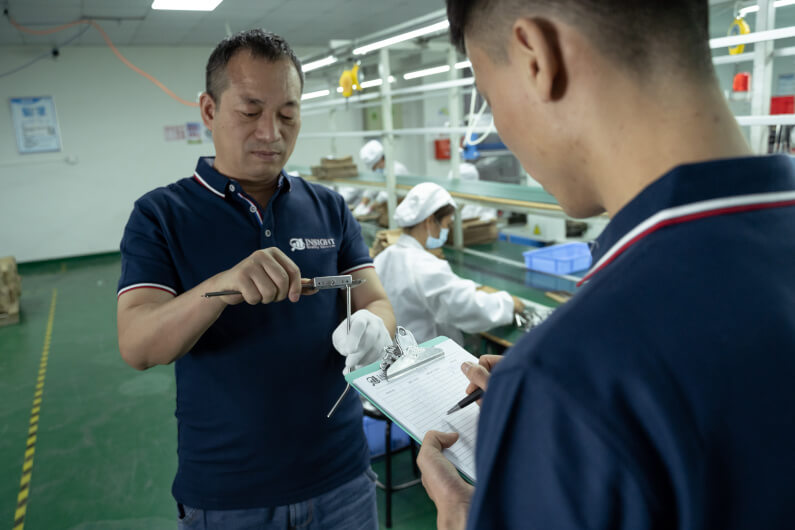
A quality inspection is a process that involves checking products to verify that they meet pre-set standards. A factory, buyer, or third-party inspection company can conduct one.
For example, imagine you’re producing a wooden table, and you set specific requirements for it. The tabletop should measure 40 by 60 inches and be made from mahogany, and the table legs should be even so that the piece doesn’t wobble, among other requirements.
Of course, the factory should have internal processes for checking your tables and ensuring product quality. However, it often makes sense to check their work and add an additional layer of scrutiny. This is especially helpful when working with suppliers in low-cost countries like China, Vietnam, Turkey, or India.
After your supplier makes a batch of tables, you send an inspector to the factory to check it before shipping. They might be an employee of your company or work for a third-party inspection company like Insight.
They examine the surface of the tables for blemishes and take measurements of all dimensions. They do wobble testing to see if they rock back and forth when pushed and complete other checks.
Once they’re finished, they send you a report with the results. It lets you know whether the batch meets your standards so you can decide whether to accept the shipment.
Many consumer product importers conduct these inspections to avoid receiving out-of-spec shipments. After a long shipping journey, it’s often too late to rework the goods since the factory is so far away.
Quality inspections are an essential part of many importers’ quality control systems.
What is Quality Control, and How Does it Differ?
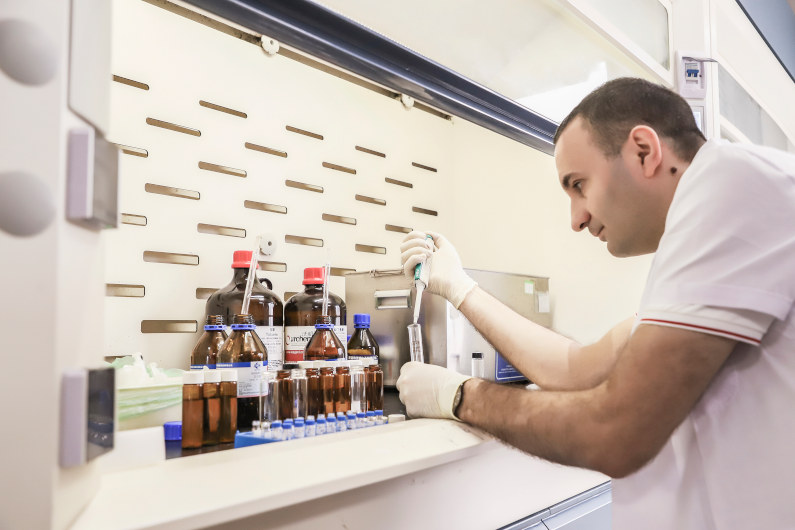
According to ISO 9000, quality control (QC) is the “part of quality management focused on fulfilling quality requirements.” In other words, it includes all the actions you take to verify that products match specifications.
Quality inspections, which we’ve discussed above, can be a part of your QC system — but your system can include other measures too. For example, you might send your products to an accredited lab to test them for safety, compliance, or performance.
Essentially, you are doing quality control whenever you measure, test, examine, or gauge some aspect of your product to verify conformance. Quality inspections make up a part of quality control, but not the entirety of it.
It’s also worth noting that you can conduct various types of quality inspections, so let’s talk about a few of them.
Types of Quality Inspections
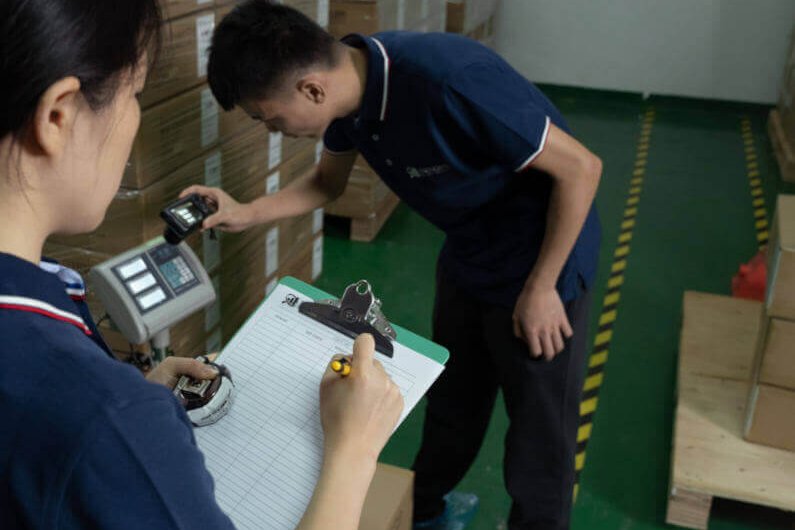
A quality inspector can check your goods at different stages of the manufacturing process — before, during, or after. You might choose to conduct any of the following:
- Pre-production Inspection – These take place before the factory starts production. They can help you check a prototype, verify that raw materials are high quality, or ensure the factory is ready for mass production.
- During Production Inspection (DUPRO) – Items from the production line are checked while the goods are still in production. Checking goods early helps avoid delays if you have large quantities in continuous production
- Pre-shipment Inspection – These are conducted once production is complete and goods are at least 80% packed. They allow you to check for defects before products are shipped so you can rework them at the factory if needed.
You can also choose to inspect during the loading process or sort products at a distribution center. Learn more about the various types of inspection.
Do You Understand the Difference?
Now, you should understand the difference between quality inspection and quality control. If you have any questions about the topics we’ve covered, feel free to comment below.
For more information about how to conduct third-party inspections, we recommend downloading the guide below.
Third-Party Inspections: 7 Things You Must Know
When hiring manufacturers in developing countries, it is difficult to manage product quality.
Working with a third-party inspection company like ours helps you to ensure product safety, minimize returns, and maintain your good brand image. But there are certain things you need to understand to really leverage the service and get the best results.
Find out what they are in this guide.

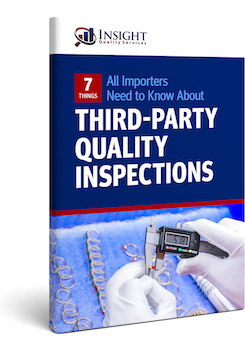
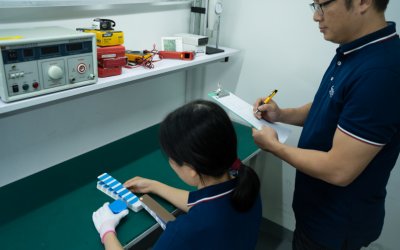
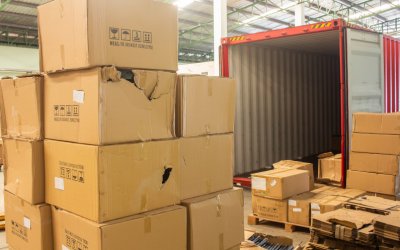
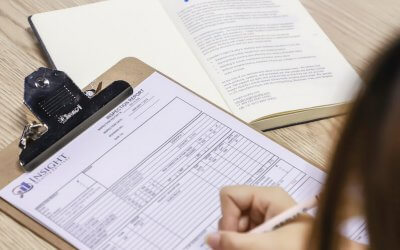
Differences between quality control and quality assurance
For more information on this topic, please see our article about Quality Assurance vs. Quality Control.
To summarize:
• QA is proactive, while QC is reactive.
• QA is process-oriented, while QC is product-oriented.
• QA focuses on preventing defects, while QC focuses on identifying defects.
A factory audit can assess your supplier’s systems (this is QA). Inspecting or testing products helps you identify defects (this is QC).